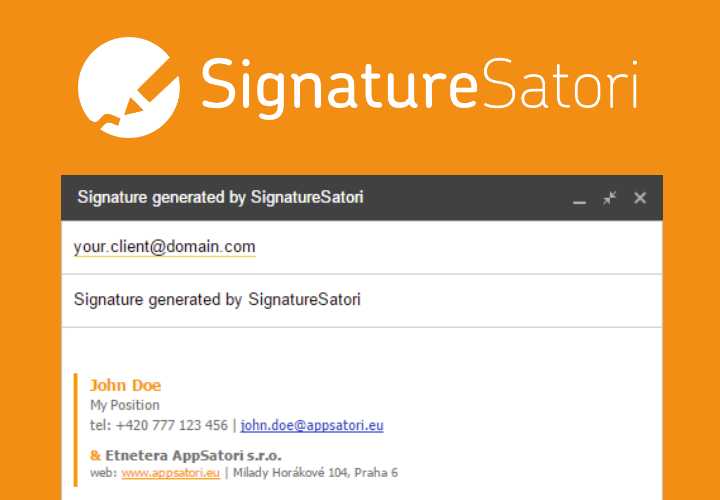There is no OpenAPI specification directly here but it is described in Google Discover API - check this JSON file https://cloudidentity.googleapis.com/$discovery/rest?version=v1
create an application to convert static google discovery specification to openapi 3 yaml format.
I will paste a google discovery format (as json) and get return in yaml (text)
Note: Model Gemini 3 Flash Preview is available in global region
.env ---
The agent.py file is where the magic happens. It contains the agent’s core definition (Agent()), including specific instructions provided through a prompt. I’ve clearly defined its role: what it should accomplish and which tools it needs to call upon to get the job done. I used best-practices for Gemini 3 prompting (eg. using <meta>tags</meta>
With the agent defined and OAuth ready, it was time to take it for a run.
The Agent Development Kit makes this process incredibly easy with a single command: adk web. Running this in your shell launches a local development interface—a sandbox where you can talk to your agent and see how it thinks.
Once the ADK DEV UI is up, I started with a direct question: "Audit my Google Workspace." Because the agent needs to access live data, it immediately triggered the OAuth flow. I was redirected to a standard Google login screen.
The beauty of this approach is that I didn't have to tell the agent how to call the API. It used the YAML definition to look up the correct endpoints in the Policy API, fetched the current configuration, and compared it against security best practices. It's like giving Gemini 3 a map and a set of keys, and letting it do the exploration for you.
The final result was exactly what I was looking for. Instead of digging through the Admin Console or parsing through raw JSON, I received a concise summary in natural language. The agent pointed out exactly which settings weren't aligned with my security goals.
Now you can audit your Google Workspace with one just specialized agents
Note: Google Cloud credits are provided for this project during #AISprint












.png)













